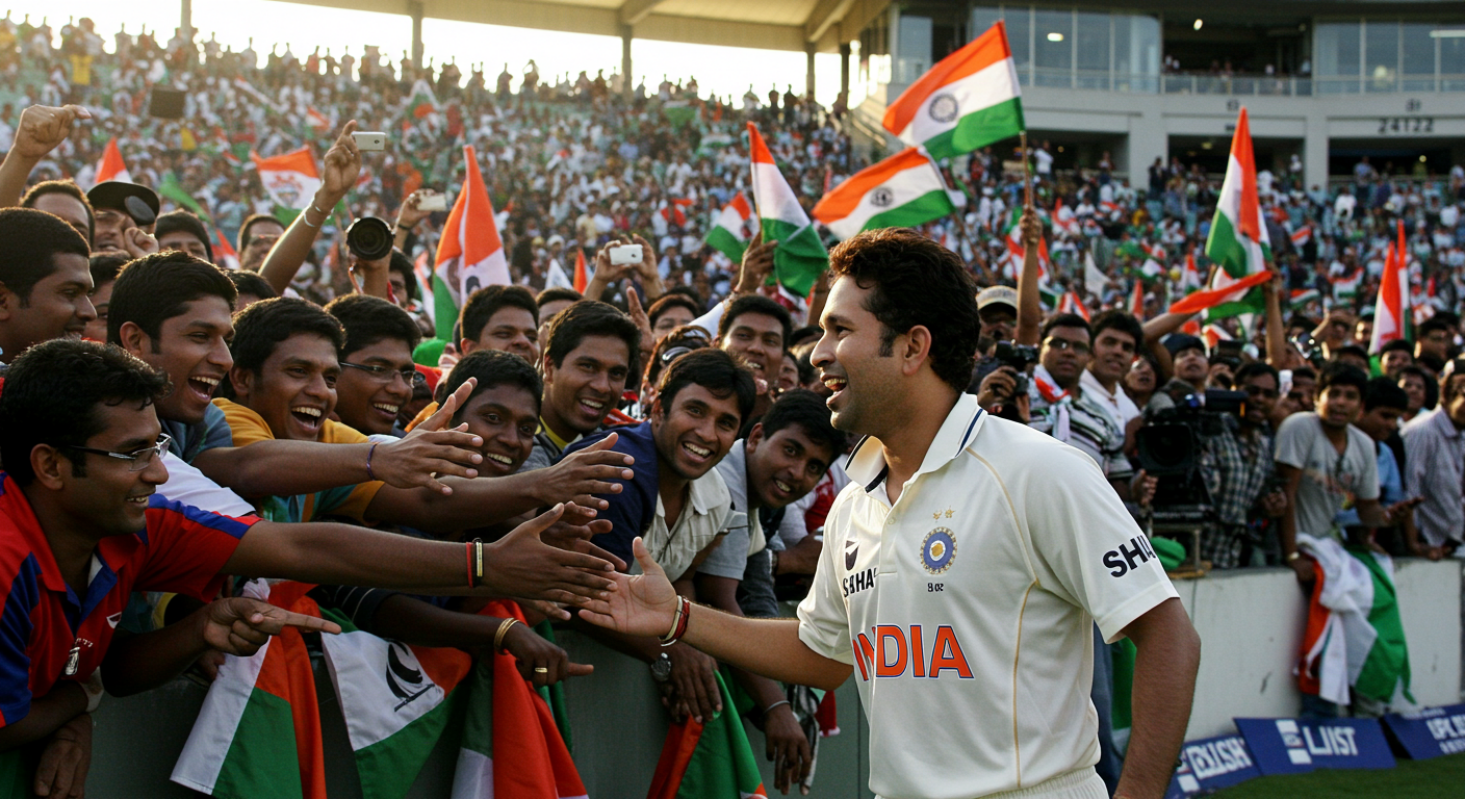
Why Sachin Tendulkar Remains Cricket’s Greatest Crowd-Puller
In cricket’s long and storied history, no name evokes as much reverence, emotion, and sheer volume of fanfare as Sachin Ramesh Tendulkar. Nicknamed the “Little Master“, Tendulkar wasn’t just a cricketing genius—he was a phenomenon who could turn stadiums into seas of noise with a single cover drive. Across a career that spanned 24 years, 200 Tests, and 463 ODIs, he became far more than India’s best batter. He became the most powerful emotional force the game has ever known.
When Tendulkar walked out to bat, televisions flickered on in every household. Roads emptied. Work paused. For many, the outcome of the match mattered less than whether Sachin made runs. The crowd didn’t just watch him—they lived through him. His batting was a shared national ritual, a form of collective release.
And remarkably, the aura hasn’t faded. Even post-retirement, Tendulkar’s presence at stadiums draws chants, selfies, reverence. New generations, raised on T20 and Instagram highlights, still speak of him with hushed awe.
This article explores why, even years after he last played an international match, Sachin Tendulkar remains cricket’s greatest crowd-puller. It’s not just about the numbers. It’s about magic, timing, narrative—and one man’s unmatched ability to make millions feel everything at once.
The Noise When He Batted Was Different
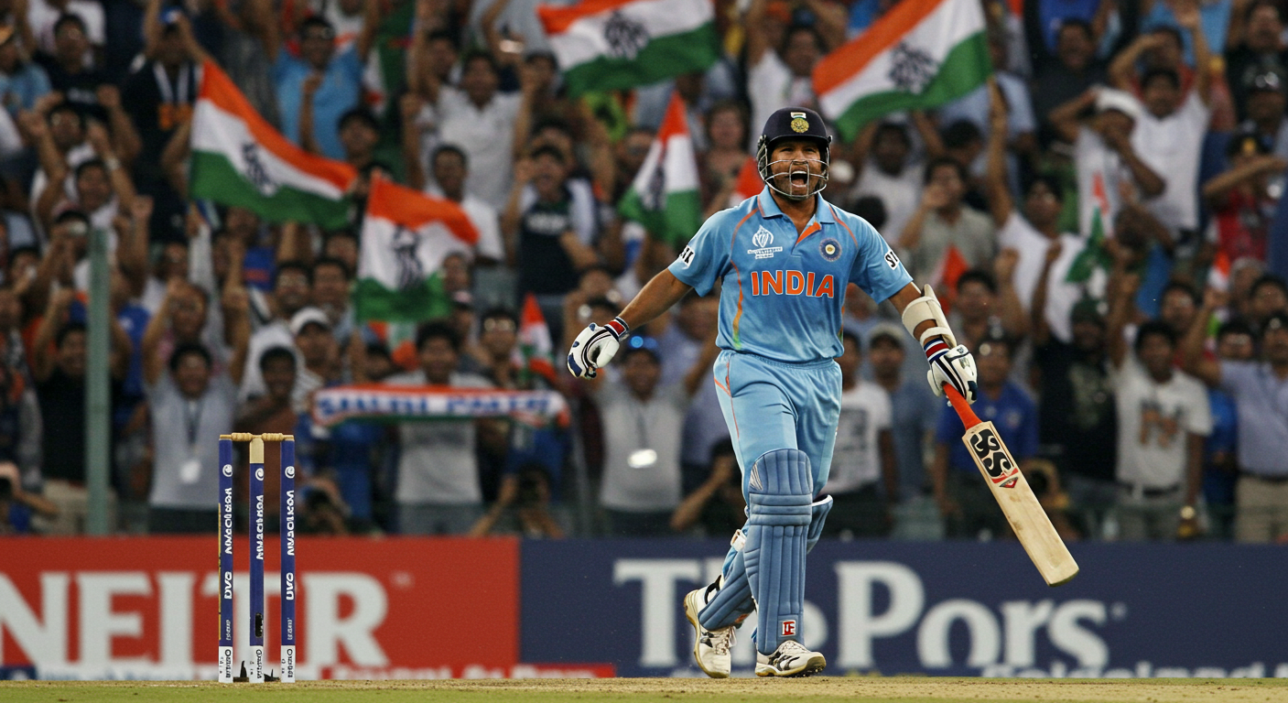
Every batter hears cheers when they enter the ground. But when Sachin Tendulkar walked out to bat, it was something else entirely—a thunderclap of sound that felt like it came from the core of the earth. It wasn’t just noise. It was emotion, hope, and adoration compressed into volume.
Stadiums across India transformed the moment his name appeared on the scoreboard. Chants of
“Sachin! Sachin!”
would rise in waves. They didn’t just announce his arrival—they warned the opposition. This wasn’t fandom. It was worship. And unlike other athletes, Tendulkar earned it not through theatrics, but through grace, humility, and excellence.
In Sharjah, the noise swelled with every flick. In Kolkata, even when India collapsed, the crowd stayed for him. In Mumbai, his hometown, the roars had a deeper pitch—a personal attachment, a pride. Even abroad, he was a magnet. At Lord’s, Sydney, or Johannesburg, visiting fans filled seats hoping to witness the man who could turn cricket into poetry.
What made it remarkable was the consistency. He played for two decades, yet every innings felt like an event. The crowd reacted to his presence, not just his milestones. A crisp straight drive could receive the same standing ovation as a century. His dismissals often triggered silence—not boos, but heartbreak.
There have been louder cheers since. There have been more theatrical entrances. But nothing has ever replicated the emotional decibel of a Tendulkar innings. It wasn’t just about sound—it was about what that sound meant.
The Boy Who Became a Myth
Sachin Tendulkar didn’t ease into the spotlight—he arrived as prophecy fulfilled. When he made his debut at 16, still with a schoolboy’s face but the composure of a veteran, whispers of greatness had already begun. Within a few months, he was batting against Waqar Younis and Wasim Akram, copping blows to the body and face—and refusing to retire hurt. It was a moment that told the world: this boy was not ordinary.
By 1992, he was scoring centuries in Australia. By 1996, he was carrying an entire batting lineup. Every innings seemed to add a new layer to his legend—be it his match-saving 114 on a bouncy Perth pitch, or his back-to-back tons in Sharjah against Australia in the desert heat. He didn’t just perform—he delivered in mythic style.
The difference between Tendulkar and others wasn’t just the weight of his runs, but the drama and anticipation that preceded them. For a generation that grew up without social media, he was their screen idol, superhero, and security blanket rolled into one. His centuries weren’t statistics—they were national events. Newspapers printed entire supplements. Schools declared holidays. Fireworks were set off not for festivals, but for Sachin.
By the early 2000s, when he walked in, even the opposition stared first, then sledged. He wasn’t just a batter. He was a spectacle that belonged to everyone watching.
And that’s why the crowds came. In every city, from Gwalior to Melbourne, thousands turned up just to see a man walk to the crease. It was never guaranteed he’d make a hundred. But watching Tendulkar bat was like watching lightning—you came in case the magic struck.
When the Match Ended, the Crowd Stayed
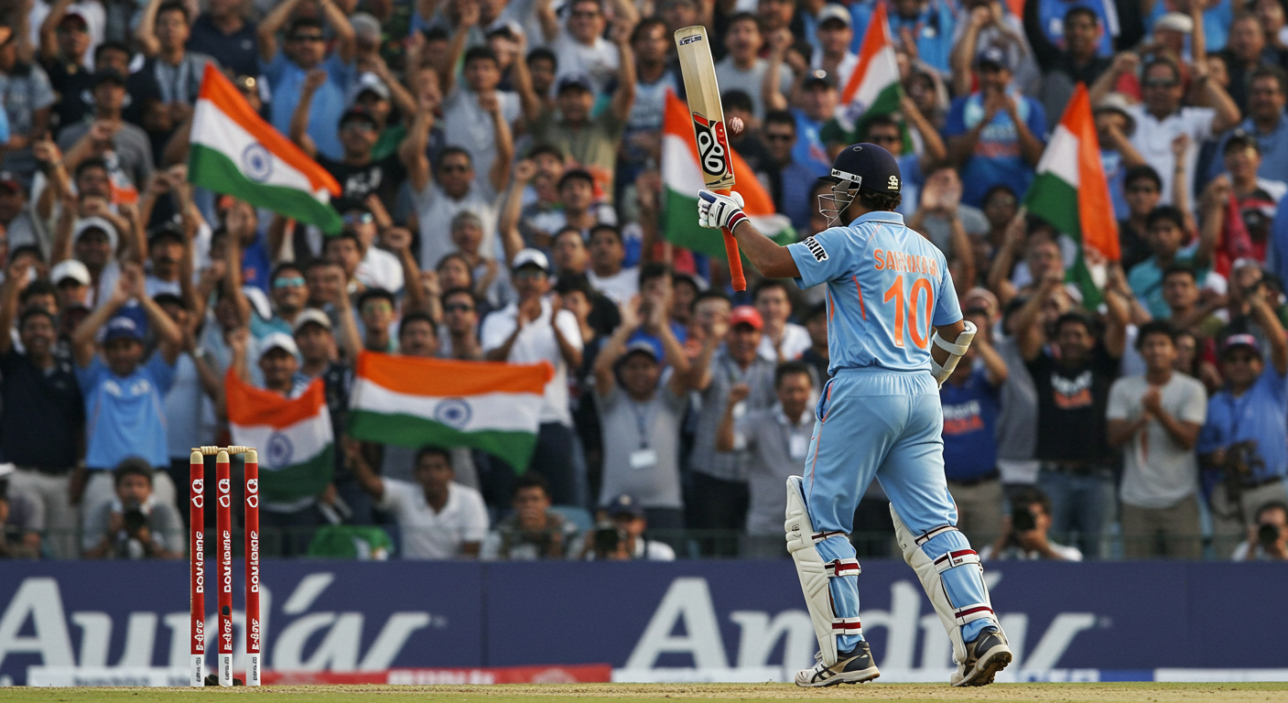
For most cricketers, the match ends at the final ball. For Sachin Tendulkar, it often didn’t. Crowds stayed behind just to watch him leave the ground, wave to fans, or walk back to the pavilion. Even in defeat, when India lost badly, fans waited—because seeing him again, even for a glimpse, meant closure.
There’s a famous moment from the 2003 World Cup when, after losing the final to Australia, India’s players trudged off quietly. But the crowd in Johannesburg stayed on their feet, applauding only one man—Tendulkar, who had just been named Player of the Tournament. It was an acknowledgement that went beyond the scoreboard.
After his final Test in 2013 at the Wankhede Stadium, thousands stayed long after stumps. Many wept. Some prayed. His farewell speech was broadcast live nationwide—an emotional tsunami where a cricketer’s retirement felt like the loss of a family member.
Even today, the effect lingers. When he appears in commentary boxes, fan zones, or coin tosses, the cameras find him. The cheers start again. People bring old jerseys, posters, and markers, hoping for an autograph—even a wave. No retired cricketer draws crowds the way he does, because no one ever captured their hearts in quite the same way.
A Global Star with a Local Soul
There have been global cricketers before Sachin Tendulkar, and there have been many since. But none have bridged the global-local divide quite like him. Tendulkar was a universally recognised figure—respected in England, celebrated in Australia, adored across Asia—yet he never lost his grounding in the Indian psyche. He was a global icon who still felt like your neighbour’s son.
From Lord’s to Lahore, Tendulkar drew crowds that defied allegiance. Fans of opposing teams turned up just to watch him bat. In Australia, he was given standing ovations before reaching a milestone—rare praise in a fiercely competitive landscape. In Pakistan, despite political tension, he was met with admiration. In Bangladesh, Sri Lanka, and the UAE, he was a travelling legend. Wherever he went, the sport followed him.
Yet for all his international stardom, Tendulkar never felt distant. He didn’t chase celebrity, nor did he stylise his persona. No dramatic send-offs, no media tirades, no controversy-for-attention. He kept a low profile off the field, wore his kit like a uniform, and let his bat do the talking. That humility only amplified his appeal.
Even in retirement, his overseas appearances generate buzz. Crowds in New York, London, and Melbourne still come alive when he enters a venue—even if just to speak. He wasn’t just India’s cricketing ambassador. He was cricket’s ambassador to India and the world, and few have walked that line so elegantly.
The Middle-Class Messiah
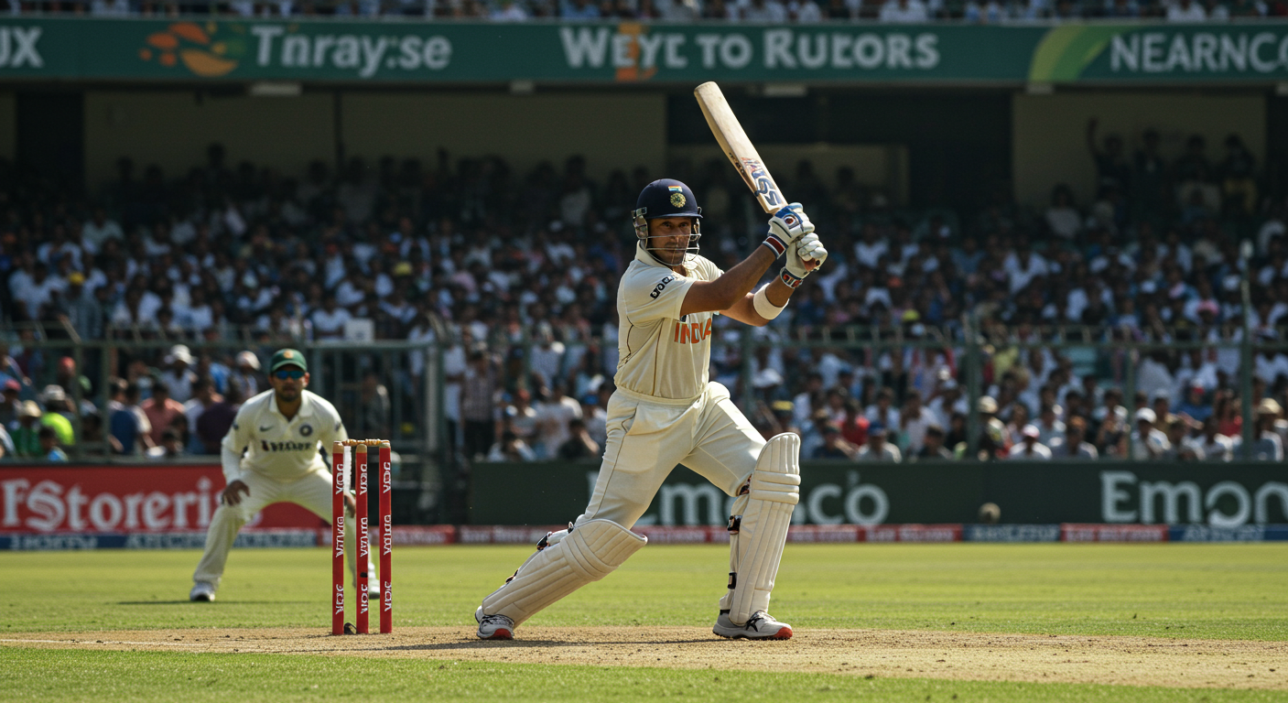
What made Sachin Tendulkar’s appeal so enduring wasn’t just his cover drive—it was what he represented. For millions of Indians in the 90s and 2000s, he was the living embodiment of a dream: a middle-class boy from Mumbai who reached the top through hard work, discipline, and genius.
In a country obsessed with academics and stable careers, Tendulkar made cricket respectable. He made it aspirational. Middle-class parents who once feared sport would distract their children now told them to be like Sachin. He changed the very perception of success.
His story—of travelling across Mumbai with a heavy kit bag, being coached by Ramakant Achrekar, missing school for nets—was relatable. He wasn’t born into privilege. He didn’t have powerful connections. Everything he achieved, he earned. That mattered to the public. He was one of them.
Even his mannerisms aligned with middle-class values. He spoke respectfully, deferred praise to the team, thanked his family, and never forgot his roots. He avoided flamboyance. He was aspirational but never alienating.
When he scored, people felt they had scored. When he was dismissed cheaply, dinner tables fell silent. When he cried during the national anthem or after a defeat, the nation cried with him.
Tendulkar wasn’t just cricket’s greatest crowd-puller. He was the emotional core of Indian ambition for two decades.
Longevity That Defined an Era
What separates a legend from a superstar is not just peak performance—it’s sustained excellence. Tendulkar wasn’t a comet that blazed and faded. He was the North Star of Indian cricket for 24 years, guiding, anchoring, and shining across three generations of fans.
He debuted in 1989, when India still played cricket on Doordarshan, and retired in 2013, when the IPL had become a billion-dollar behemoth. In between, he adapted across eras—facing legends like Imran Khan and Glenn McGrath early on, and later battling Dale Steyn and James Anderson in the twilight of his career. Few players have successfully spanned two full revolutions of the game like that. Even fewer have remained the central figure for their team the entire time.
His batting evolved. In the 90s, it was all flair and counter-attack. In the 2000s, it became methodical, mature, and strategic. And toward the end, he turned into a craftsman—grinding out centuries, even if the stroke-making had slowed.
Through it all, the crowds never left him. In fact, they grew. Every hundred he scored in his final few years felt like a national holiday. Every retirement rumour caused panic. And when he finally did walk away in November 2013, the entire country paused.
That kind of emotional capital, built slowly and authentically, can’t be manufactured.
Sachin Tendulkar: The Soundtrack of a Generation
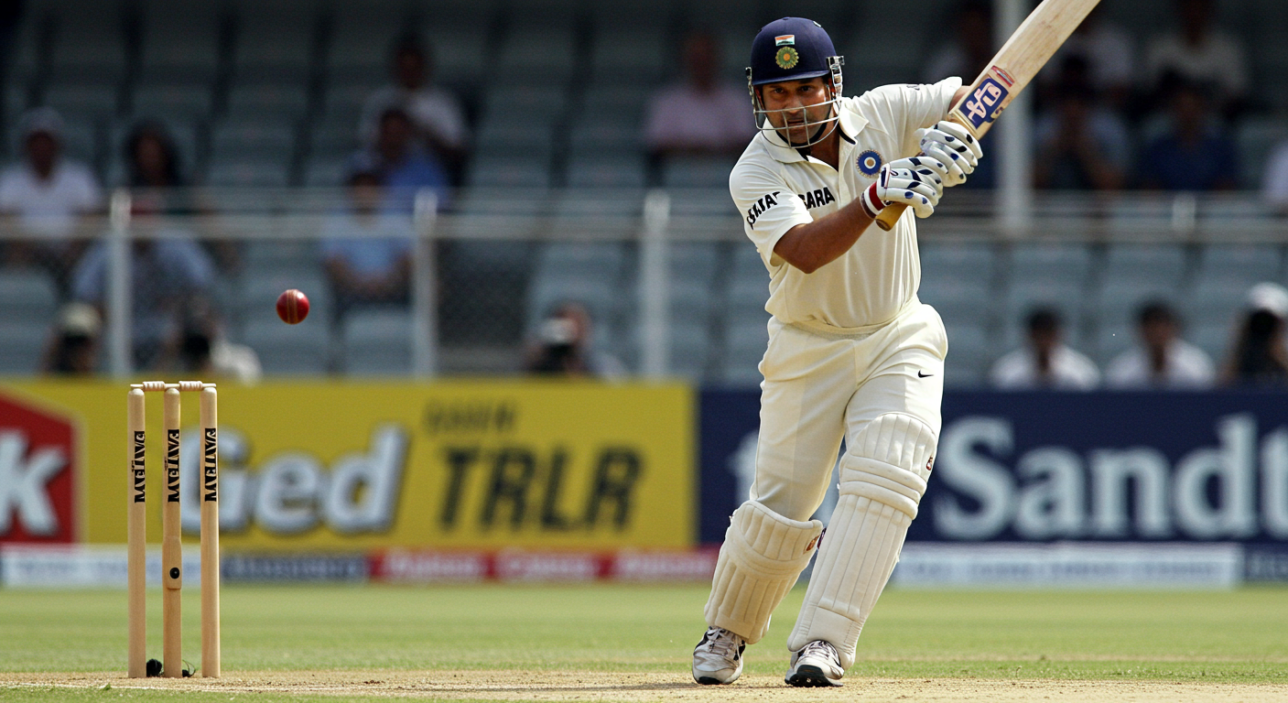
When people say “cricket is religion in India,” it’s more than a metaphor. For over two decades, Sachin Tendulkar was its god-figure, but also its priest, narrator, and guiding force. He wasn’t just watched. He was felt. He connected across language, class, region, and age like no other athlete before or since.
What made him the greatest crowd-puller wasn’t just his technique or talent. It was his presence. The hush before the first ball. The cheer when he raised his bat. The silence when he walked off. He could move people without saying a word. That’s power no scoreboard can measure.
He drew crowds not because he sought them, but because he stood for something far bigger than cricket. He stood for possibility. For the idea that greatness could be achieved with grace. That a boy from Shivaji Park could rule the world through discipline, not drama.
Even now, in a world of influencers and short-form fame, his name holds weight. Kids who never saw him play still wear his jersey. His clips still get millions of views. And his quiet dignity still outshines the noise of newer stars.
In the end, crowd-pulling isn’t about fanfare. It’s about connection. And no one in cricket has ever connected like Tendulkar. He didn’t just fill stadiums. He filled hearts—and continues to do so.





